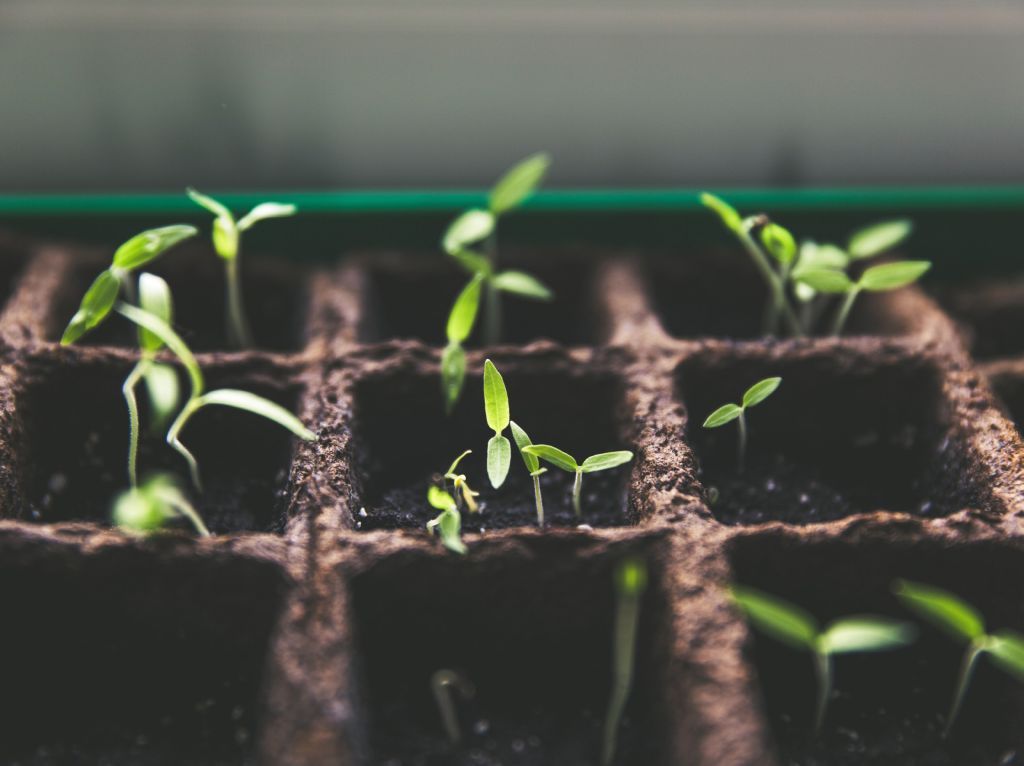
Organic Farmer/ Green Energy Expert A father, a husband and…
Read Next
This month, we continue with our implementation of Farming God’s Way practically in the garden. We started by illustrating how to dig the holes and to measure out the density of seeds on the farm when planting maize. We also looked at how to correct acidic soils, application of organic inputs, planting and applying God’s blanket (mulch). We left off where the plants had emerged from the soil and we had seen that sometimes there are gaps larger than we intended caused by chickens or rats or squirrels digging out the seeds before they emerge. We addressed how to fill in these gaps in order to avoid wasting the spaces.
Today we shall continue to see what we need to do as the plants continue to grow and start facing challenges as they do. The first challenges the young seeds face as they come up are weeds. It is important to understand weeds in order to know how to eliminate them from your garden.
Weeding
Weeds significantly lower crop yields because they compete with the plants for water, nutrients, light and space. Weeds are stimulated to germinate by:
1) Disturbance of the soil,
2) Scratching of the seed coat and
3) Exposure to sunlight.
Farming God’s Way counteracts these stimuli by:
1) Not plowing and minimal soil disturbance – drastically reducing weed seed disturbance, scratching and exposure to light
2) God’s Blanket cover – minimizes weed seed exposure to light
3) Planting at 60*75 cm spacing – effectively cuts out light by closing the canopy from as early as 5 weeks, thereby reducing weed seed exposure to sunlight even further.
Do your first weeding when the weeds are still small (around three cm tall) which is usually 10-14 days after planting. When weeding is done at this “white hair stage”, they are very easy to cut off and cannot re-grow. Weed by walking backwards, simply hoeing them off at the soil surface and leaving them to add to God’s Blanket. Pull out creeping grasses and carry them out of your field, but try to disturb as little soil as possible. Repeat the weeding process every 10-14 days.
Example: A Farming God’s Way farmer, weeding when the weeds are just 3cm tall, will complete a hectare by working less than 5 hours a day for 7 days.
Waiting for the weeds to get to 30 cm tall makes the job so much more difficult, it will take twice as long, 14 days to do the same hectare. The weed cycle is a 10-day cycle, so the weeds will be 4 days bigger than when one first starts. This means one will always be behind with the weeding and is likely to lose their joy and have a significantly lower yield. Do not let weeds set seed in your field, as they produce hundreds of thousands of seeds, which can remain dormant in the soil for 20 years, waiting for the right conditions for germination. Sin and weeds have a lot in common. When you deal with them, they cannot bear bad fruit, but just leave them unattended for just a few moments and their fruit will leave you in disgrace. Just one year of poor control can result in 7 years of weed problems. So be ON TIME and keep your lands weed free throughout the year.
Weeding must be done every 10 – 14 days when weeds are just 3 cm tall, all the time continuing to build up the blanket coverage. It is incredible to see the reduction in weed growth when you have a good blanket (100% mulch) in place. You will most likely have to weed two or three times before full canopy stage. Keep on weeding backwards when the weeds are still tiny at 3 cm tall.
Thinning
We planted three seeds per hole, but we actually only want 2 seedlings per hole.It has been shown that yields are best at 2 seedlings per hole that will leave 44,444 plants per hectare. Seed is only certified to have around 87 percent germination, so if we had planted 44,444 seeds, only about 38,000 would have come up, excluding losses from rats, chicken or Guinea fowl, leaving probably 35,000 plants per hectare. Because of this, it is impossible to get our optimal yield potential unless we plant three seeds per hole and thin down to two. It has been proven that for every cent you spend on the 3rd seed you will get back 40 cents through the thinning process. That is a 40 times cost to benefit ratio – it is worth it.
Thin at 2-3 weeks after emergence when seedlings are around 20 to 30cm tall. You do this by uprooting the weakest plant or if they are all the same size then the middle plant of each hole’s emerged seedlings. Look at 3 holes at a time, not one and thin to 6 seedlings per 3 holes.
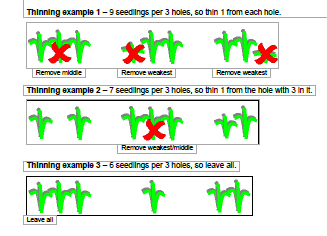
Full Canopy
One of the great advantages of the spacing of 60 by 75cm is that the canopy (cover provided by the leaves of the maize plant} closes early on, capturing the maximum amount of sunlight for good growth whilst also shading out weeds. At about 6 weeks, your plants are about waist high and they will close the canopy completely giving you a rest from weeding for quite a while.
Removing Suckers
Suckers sometimes branch off the parent plant at ground level. Some advisors say they should be removed, but surprisingly this has not proven to make any difference to the yield. If you want to remove suckers for neatness sake, simply snap off the suckers with a quick motion just before tassles start to form. Well-watered gardens look much neater and more presentable after removing suckers, which should be done at about 6 weeks.
Pollination and Seed Fill
In a maize plant, there is an interesting biological phenomenon. Every single ovule has an individual silk, the long golden brown thread that comes through the top of the cob. During the pollination phase of the plant, a single pollen grain lands on the silk and grows down the silk until it comes into contact with the ovule, where it fertilises to form a seed. The silks attached to the bottom rows of ovules emerge first and are the first to be pollinated and the maize cob will gradually fill going upwards until the top seeds of the cob are filled. However, the silks need to be moist in order for pollination to take place;otherwise, the pollen cannot grow through the silks tube. If the silks dry off through insufficient available moisture during this stage of the crop, then significant crop losses can occur.
Pre-harvest Late Weeding
The maize plant is usually physiologically mature between 90-120 days and begins to dry off and die back. The leaves fold up and for the first time since canopy closure, light penetrates through the canopy. This stimulates weed growth under the canopy, as there is still some residual moisture. Most farmers leave this last weeding and they end up harvesting in a jungle of weeds like black jacks and burrs that stick in their clothes and buffalo beans that burn their skin. The harvest, which is supposed to be a joyful experience, is now a misery. A fourth light weeding at this time will be very useful as the harvest can be done with joy and carry us through the off-season with a weed free stand. Alternatively if there is sufficient soil moisture, plant a relay crop or broadcast a cover crop such as cowpeas or lablab at this time and then weed lightly. The light weeding will allow for good cover crop seed to soil contact and germination.
Harvest Time Harvest when your maize is physiologically mature, usually 2 months after tassling. The stalks will look very dry and the cobs will most probably be hanging down. The seeds will be well dented, glassy and too hard to scratch with your nail. At this stage, the maize is at about 30% moisture content. Harvest your cobs and store them in a safe, dry, sunny place around your house, on the roof top or on a drying rack, until they are properly dried out. The seeds will have no transparent sections in them when ready to store – that is at about 13% moisture content. Only then, should the maize be shelled, dusted with chemicals and stored in bags.
Post-Harvest Stalk Lodging
Stalk borer is a terrible pest in maize, but we can control it if we understand its lifecycle. It starts as a pupa at the start of the season; it then becomes a moth, which lays eggs on the stems. The eggs hatch into worms, which bore through the stems, leaving their trademark breathing holes on the sides of the stalks. They then pupate after 27 days and the whole cycle starts again. This cycle happens several times during the growing season of the maize plant, but at the end of the season the pupae is formed at the crown of the plant, on the coolest shady side at the soil surface. If we knock down the maize stalks, we expose the pupae to UV radiation and heat. This dries them out and along with the opportunistic feeding of other species such as ants, birds and decomposing bacteria, can significantly reduce stalk borer infestation. Interestingly enough, grazing alone has proven to be inadequate in the reduction of stalk borer incidence, as the crown is still intact. This stresses the importance of not cutting or grazing down the stalks but rather knocking them down completely. Knock the stalks down backwards, by kicking them off at the crown, laying them neatly in the inter rows. These stalks are our new blanket or mulch, so do not burn them and do your best to protect them from animals. Next season we will plant into these maize stalks, which would have decomposed quite significantly. The next session called “20 reasons why we do the how” will take you on a discovery of why God’s Blanket has proven to be our soil’s greatest asset.
Source material: Farming God’s Way Trainer’s Reference Guide. Dryden, G.W., 2009.
Subscribe now for updates from Msingi Afrika Magazine!
Receive notifications about new issues, products and offers.
What's Your Reaction?
 PIN IT
PIN ITOrganic Farmer/ Green Energy Expert A father, a husband and a son of God. He runs Viro Mental Ltd, a renewable energy and organic farming business. He ran a Solar and power solutions business for the last 12 years. In 2013 He answered God’s call to be a farmer and embarked on a learning process that has led to him seeking to be a qualified trainer in Farming Gods Way. PASSION FOR THE ART I love farming and green energy I am passionate about doing it in God’s way.
















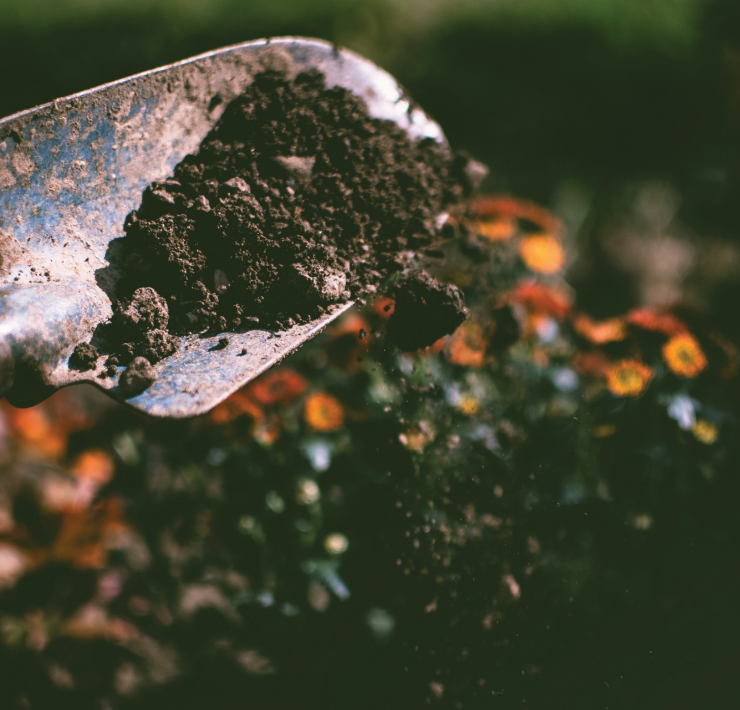
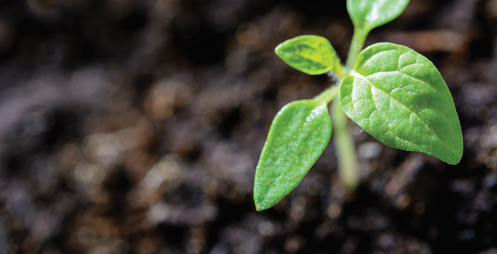
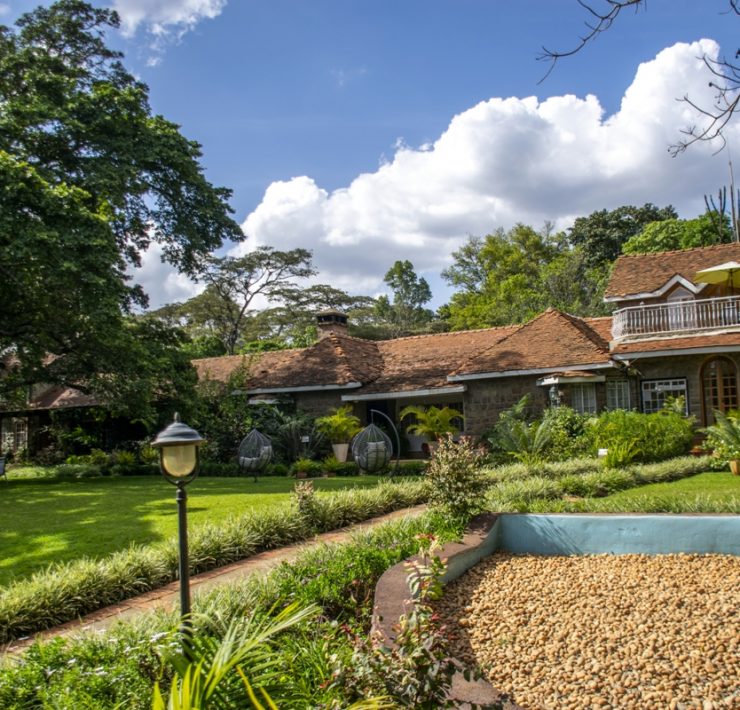
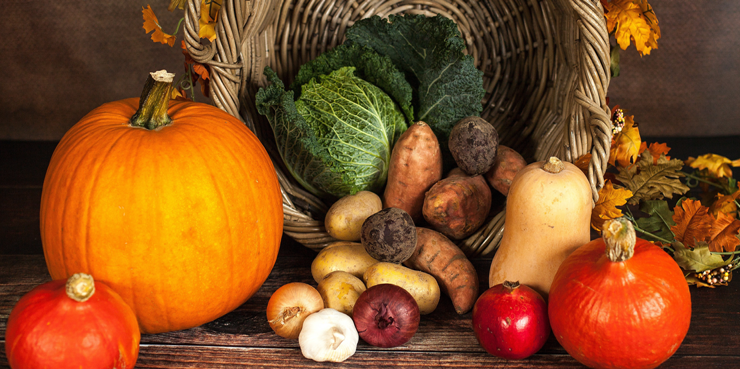
Greetings Brother Nicholas. I now want to be a farmer. Reading your article has given me some courage as a 77-year-old man who knows with our own black system of food and the supporting systems. In the end, we just talking. You are my first reach out.
Good morning Mr. Wheaton,
I’m glad you enjoyed the article and want to start farming.i am willing to help any way I can. Where are you located?
If you wish you can contact me on 0706622375.